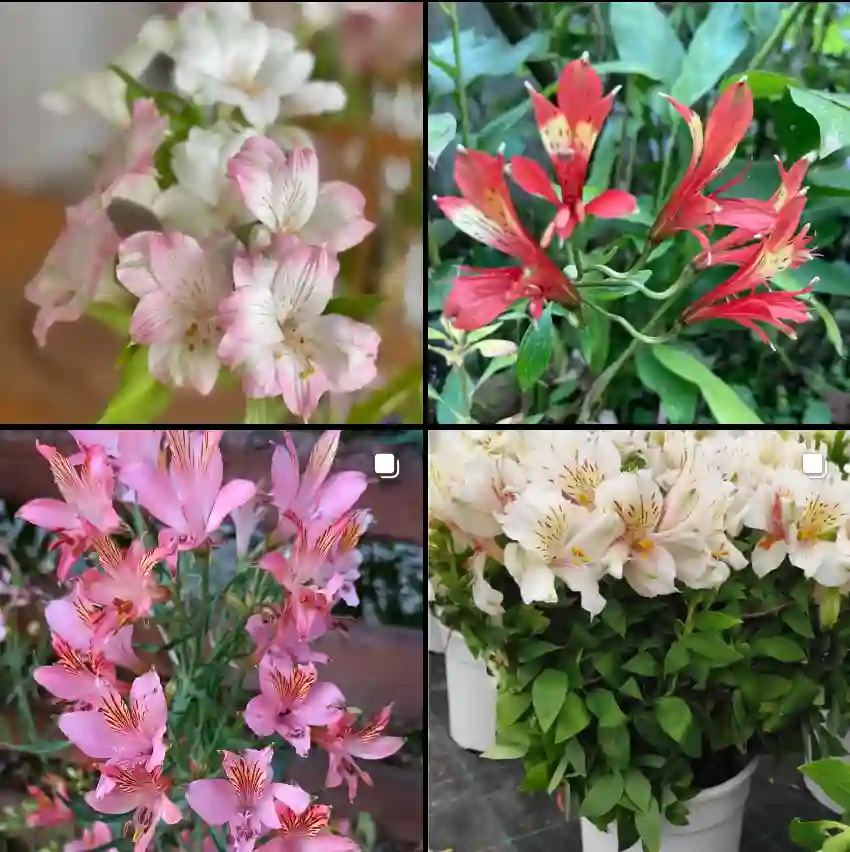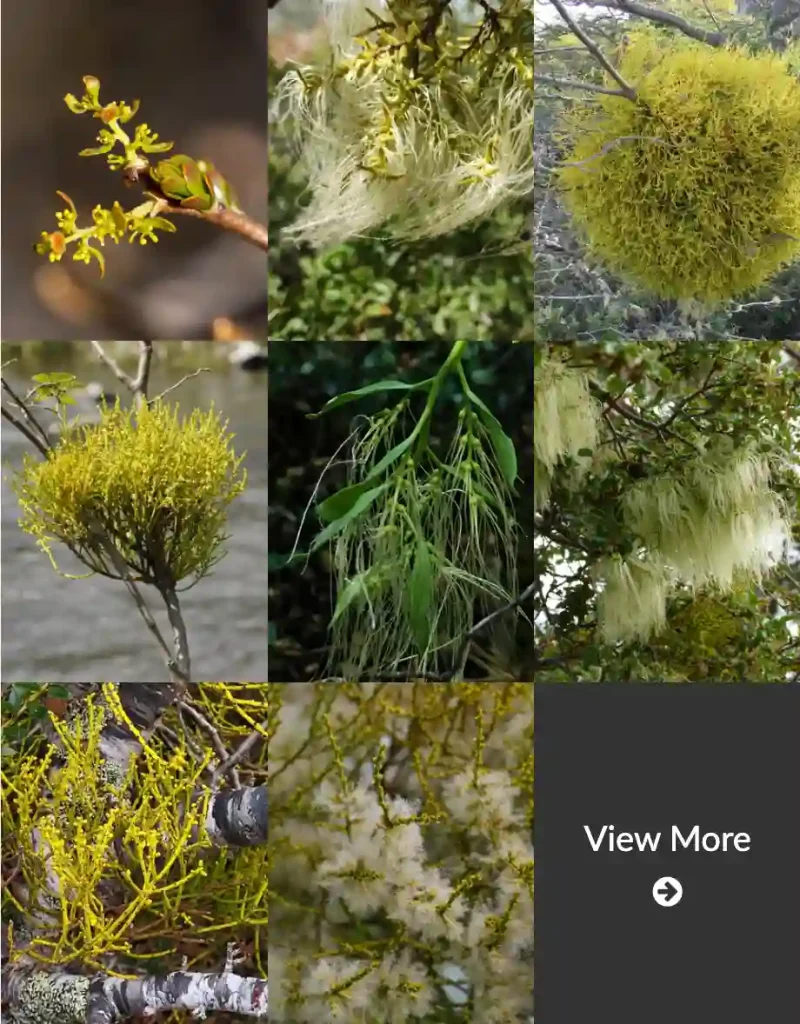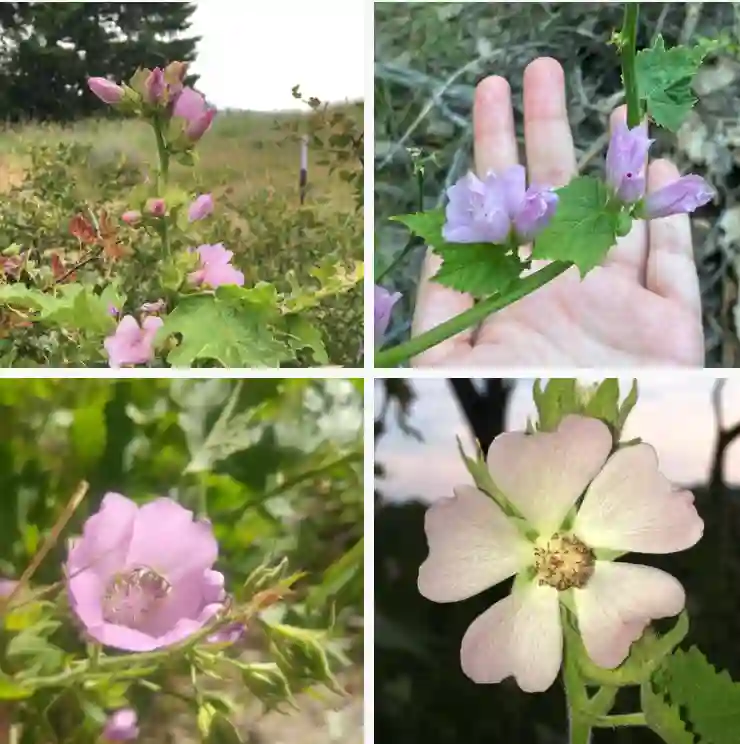FAQs About Alnus Rhombifolia: My Experience with the Diamondleaf Alder
When I first encountered Alnus Rhombifolia, commonly known as Diamondleaf Alder, I was intrigued by its unique features and the role it plays in various landscapes. This deciduous tree, native to North America, is not just a visual delight but also offers practical benefits. Here’s a comprehensive guide based on my experiences and research to address some frequently asked questions about this remarkable tree.
49 Species in Genus Alnus
What Is Alnus Rhombifolia?
Alnus Rhombifolia, or Diamondleaf Alder, is a species of alder native to the western United States. It’s known for its diamond-shaped leaves, which give it its name. This tree is typically found in moist, low-elevation forests and along riverbanks. It grows to about 30-50 feet in height and features a broad, rounded canopy. The bark is grayish-brown and becomes furrowed with age, while the tree produces small, inconspicuous flowers and cone-like seed structures.
How to Care for Alnus Rhombifolia?
Caring for Diamondleaf Alder involves a few key practices to ensure it thrives:
- Location: It prefers moist, well-drained soils and full sun to partial shade. Ideal planting sites are near water sources, such as streams or rivers.
- Watering: Regular watering is crucial, especially during dry periods. Ensure the soil remains consistently moist but not waterlogged.
- Pruning: Prune the tree during its dormant season to remove any dead or diseased wood. This helps maintain its shape and encourages healthy growth.
- Fertilizing: While it doesn’t require heavy fertilization, an annual application of a balanced fertilizer can support its growth, especially in nutrient-poor soils.
How to Propagate Alnus Rhombifolia?
Propagating Diamondleaf Alder can be done through both seeds and cuttings:
- Seeds: Collect seeds in late summer or early fall. Soak them in water for 24 hours before planting. Sow them in a cold frame or nursery bed, keeping them moist until they germinate.
- Cuttings: Take semi-hardwood cuttings in late summer. Dip the cut ends in rooting hormone and plant them in a mix of peat and perlite. Keep the cuttings in a humid environment until they establish roots.
What to Plant with Alnus Rhombifolia?
Diamondleaf Alder pairs well with various companion plants. Consider planting:
- Ferns: Their lush foliage complements the Alder’s broad leaves and thrives in similar moist conditions.
- Wildflowers: Species like Bluebells or Trout Lilies can add color and attract pollinators.
- Grasses: Native grasses, such as Blue Grama, can provide a contrasting texture and ground cover.
Is Alnus Rhombifolia Toxic?
No, Diamondleaf Alder is not considered toxic to humans or pets. It is generally safe to have around gardens and landscapes where children or animals might play. However, as with all plants, it’s wise to monitor for any adverse reactions in pets or young children.
Benefits of Alnus Rhombifolia
Diamondleaf Alder offers several benefits:
- Erosion Control: Its root system helps stabilize soil, making it an excellent choice for planting near waterways or on slopes.
- Wildlife Habitat: The tree provides habitat and food for various wildlife, including birds and insects.
- Aesthetic Appeal: With its unique diamond-shaped leaves and rounded canopy, it adds a distinctive touch to any landscape.
Common Problems
Here are a few issues you might encounter with Diamondleaf Alder:
- Pests: Aphids and alder leaf beetles can occasionally infest the tree. Regular monitoring and using appropriate insecticidal treatments can help manage these pests.
- Diseases: Watch for signs of fungal diseases, such as alder anthracnose. Proper spacing and good air circulation can minimize the risk.
- Root Rot: In poorly drained soils, the tree is susceptible to root rot. Ensure proper soil drainage to prevent this problem.
Comparing Alnus Rhombifolia with Similar Trees
When comparing Diamondleaf Alder with similar species, such as Alnus Incana (White Alder) and Alnus Rubra (Red Alder), here are a few points:
- Leaf Shape: Diamondleaf Alder’s diamond-shaped leaves differentiate it from the more rounded leaves of White Alder and Red Alder.
- Habitat: While all three species prefer moist conditions, Diamondleaf Alder is more specifically adapted to low-elevation and riverbank environments compared to the broader range of the other alders.
- Size: Diamondleaf Alder generally grows to a slightly smaller size than Red Alder but has a similar growth pattern and canopy shape.
In summary, Alnus Rhombifolia is a versatile and beneficial tree that, with proper care, can enhance various landscapes. Its unique characteristics and ecological benefits make it a valuable addition to gardens and natural areas alike.
If i die, water my plants!



